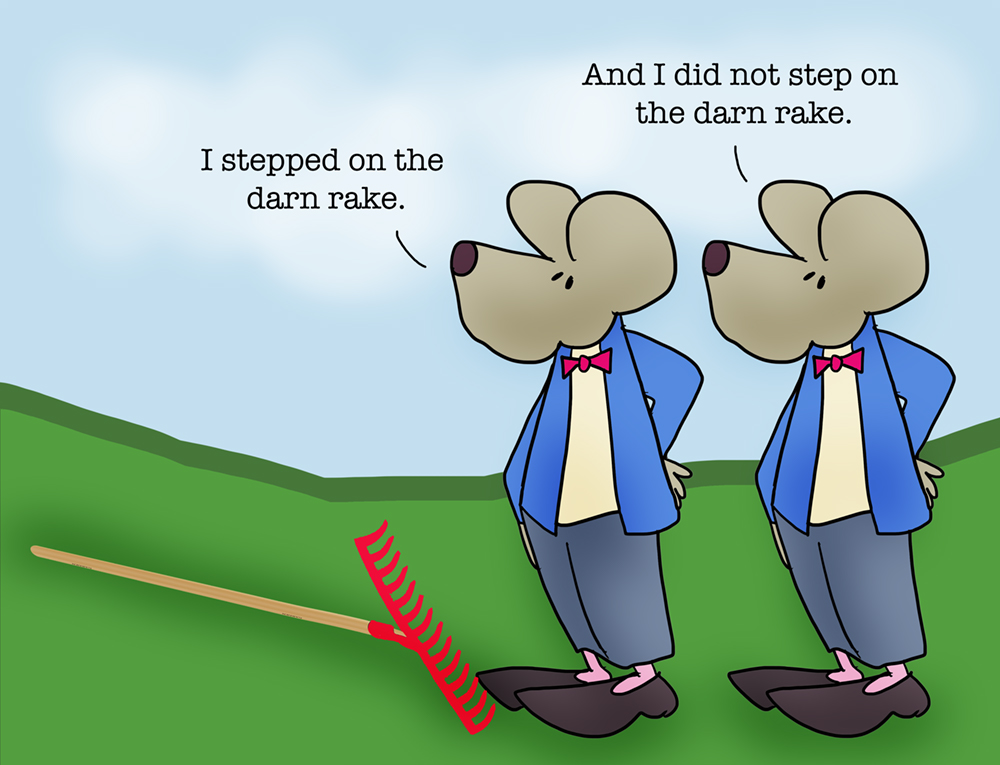Today is the anniversary date of the Chernobyl Disaster. It happened in 1986, and I think those who are old enough, remember it well. For those who are not familiar, events of the day went horribly wrong at the Chernobyl nuclear power plant in Pripyat, Ukraine. At that time, Ukraine was part of the Soviet Union.
This event was one of the worst accidents in the history of nuclear power. There were between 31 and 56 deaths which were directly related to the screw-up. That’s what it was. A screw-up. Human error.
It all happened during a test to see how the plant would operate if it lost power. Maybe they had too much Vodka the night before or were just having a bad day. But plant operators made several mistakes. The accident occurred in their fourth reactor. They overlooked safety precautions, and these mistakes resulted in the creation of a poisonous and unstable environment in the reactor core.
They pressed ahead with the experiment, the test. They continued shutting down safety systems that would be lost during a power outage, including the turbine system that provided cooling water for that whole system.
Since that water wasn’t moving around like it should, to keep it coolio, that water began to boil. And when water boils it turns to steam. Operators tried to reinsert rods to slow and control the nuclear reaction, but a design flaw in the control rods caused them to jam. And all that steam caused the explosion in the reactor, which, in turn, caused a second explosion seconds later.
As we have seen, things are connected. The radioactive release has been estimated at 400 times the size of the atomic bomb dropped on Hiroshima. That 400 times bigger. It released radioactive smoke into the atmosphere that spread over the western Soviet Union and Europe. Far and wide. There have been more than 6,500 thyroid cancers reported from this incident.
There’s a lot of human error going around.
Step back to 1918, when the Spanish Flu ravaged America. San Francisco has a significant story about this. They began quarantining, right away, to reduce the spread of the deadly flu. They required everyone to wear face masks and they shut down the city. It worked. The flu was minimal, at best. But after a few weeks, the citizens started defying the orders. Working, mingling, doing what they always did. The number of cases jumped from 200 to 45,000. Very quickly, there were more than 3,000 deaths. Yes, indeed a big mistake. Those people, prone to human error, thought they could go back out. And they died or killed others as a result.
Human error should be stamped on a lot of foreheads. We’ve all seen the guy who steps on the rake and gets smacked with its handle. Or the fool who lights the cigarette while pumping gas. In some way or another, we’ve all done these mindless sorts of things from time to time. We’ve burnt our hands on the oven rack, or cut a finger when using a knife. Thankfully, most of us are learners. We know now not to do that again, and we try very hard not to make the same mistake twice.
On a global scale, this is what history is for. It tells us that the global stove is hot, so that thousands of people don’t die from that piping hot flame. History lets us know that the global knife is very sharp, so that thousands of people don’t die from that swift and deadly cut.
Yes, there is human error. But there is human learning too. Both are sewn to our bottoms. That’s why they say we just got by, by the seat of our pants.
I always hope that intelligence will spring forward and win the day. Any day.
Every day.
===========
“The aim of science is not to open the door to infinite wisdom, but to set a limit to infinite error.”
― Bertolt Brecht, Life of Galileo
============
“Errors do not cease to be errors simply because they’re ratified into law.”
― E.A. Bucchianeri, Brushstrokes of a Gadfly,
===========
“To err is human, to persist in error is diabolical.”
― Georges Canguilhem, Ideology and Rationality in the History of the Life Sciences
============
Kick me once, shame on you. Kick me twice. And.
